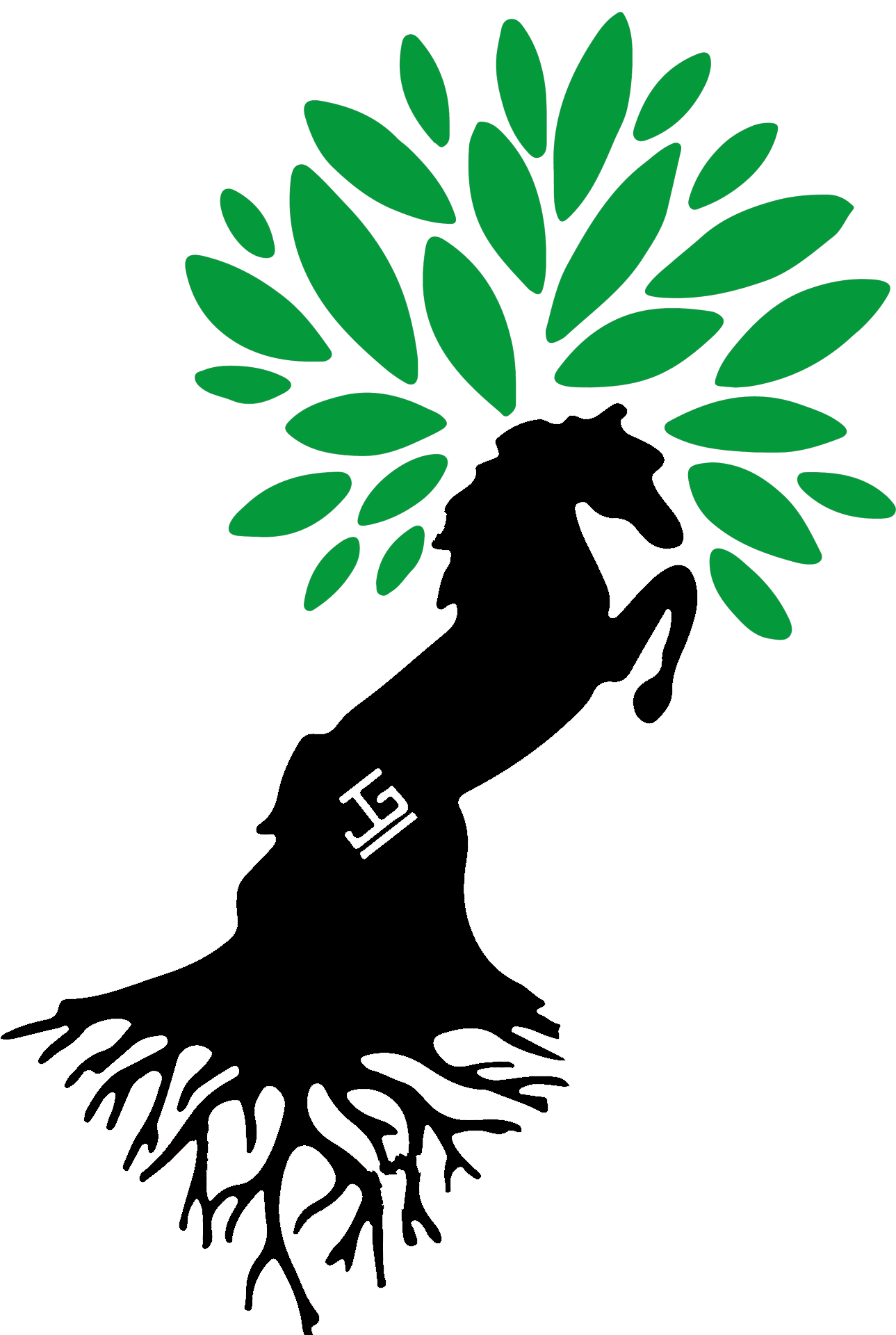How To Trim A Tree Without Killing It: Guide
JLG Tree Service | Los Angeles County & Ventura County
Greetings to all tree enthusiasts and landscape caretakers! As an arborist deeply dedicated to tree care, I am excited to guide you through the art of trimming trees while ensuring their health and longevity. Trees are assets to the Earth so maintenance trimming helps keep trees strong & healthy by promoting more structured growth. Pruning trees is a delicate balance that requires an eye of expertise and skills to enhance their beauty and maintain their well-being. In this comprehensive guide, I will lead you through the essential steps of tree trimming, the science behind it, the tools you'll need, and tips to avoid harming your beloved trees. Let's embark on this journey and discover how to trim a tree without compromising its life.
The Science Behind Tree Trimming
Understanding Tree Growth:
Before we dive into the pruning process, let's explore the science behind optimal tree growth. Trees follow specific growth patterns dictated by their species, climate, and environment. At JLG Tree Service we work with nature, not against it. Trimming trees should always align with their natural growth tendencies/ preferences. By understanding the basics of how trees grow, we can confidently make informed decisions during the trimming process.
The Purpose of Tree Trimming:
What even comes from tree trimming? Tree trimming serves various purposes, from enhancing aesthetics to promoting healthy growth, and increasing your property’s value. Proper pruning can stimulate new growth, improve air circulation, and remove dead or diseased branches. It's important to have a clear goal for your trees before you start trimming. Are you shaping the tree's canopy, removing hazardous branches, or rejuvenating its overall health? Knowing your goal will guide your trimming strategy.
The Art of Pruning Techniques
Selective Branch Removal:
Effective pruning involves selective branch removal. Identify branches that are crossing, rubbing, or growing in unhealthy directions. Removing these branches not only enhances the tree's appearance but also prevents potential damage. When making cuts, always aim to retain the tree's natural shape and avoid unnecessary stress by not hacking your tree.
The Three-Cut Method:
For larger branches, employ the three-cut method to prevent bark tearing and injury to the tree or surrounding landscape. First, make an undercut a few inches from the trunk. Then, create a top cut slightly further out from the undercut. This removes the weight of the branch. Finally, make a clean final cut just outside the branch collar, this is the raised area where the branch meets the trunk. This method ensures a smooth healing process without putting to much stress on the tree.
Tools of the Trade
Pruning Shears and Loppers:
It is wise to invest in high-quality pruning shears for smaller branches and loppers for thicker ones. Sharp, clean-cutting tools minimize damage and chances of disease which ultimately encourage faster healing. Remember to disinfect your tools between cuts, especially if you're working on multiple trees.
Pole Pruners and Saws:
For hard-to-reach high up branches and larger limbs, you will find that pole pruners and saws come in handy. These tools allow you to maintain control while making accurate cuts. Use a pole pruner for branches that aren’t within your reach and a saw for thicker branches. Always prioritize safety when working with these tools.
Tips to Avoid Harming Your Trees
Avoid Over-Pruning:
Over-pruning, also known as "tree topping," can seriously harm trees. This aggressive practice removes too much foliage, weakening the tree and exposing it to stress and disease. Aim to remove no more than 25% of the tree's canopy in a single season. You can dive more into this topic by taking look at our Tree Topping Page.
Mind the Branch Collar:
When making cuts, pay attention to the branch collar—the area where a branch meets the trunk. Cutting too close to the trunk can hinder the tree's ability to heal. Leave the branch collar intact to promote efficient wound closure.
Conclusion:
Mastering the art of trimming trees without causing harm is a rewarding endeavor. By understanding tree growth, following proper techniques, and using the right tools, you can enhance your landscape's beauty while ensuring the health and longevity of your trees. As arborists, we approach tree trimming with care and respect for nature's wisdom. Remember, a well-trimmed tree is a healthy tree, and with each precise cut, you contribute to its vitality and splendor. Happy trimming, and may your trees thrive for generations to come!
Checkout Some Helpful Links or Contact Us
Tree Trimming, Tree Pruning, Fruit Tree Trimming, Tree Topping Services, How To Trim Tall Trees, What Time Of The Year Should You Trim Trees?, How Often Should You Prune Trees, How To Trim Branches That Overhang Your House, How To Trim Dead Branches Off A Tree


